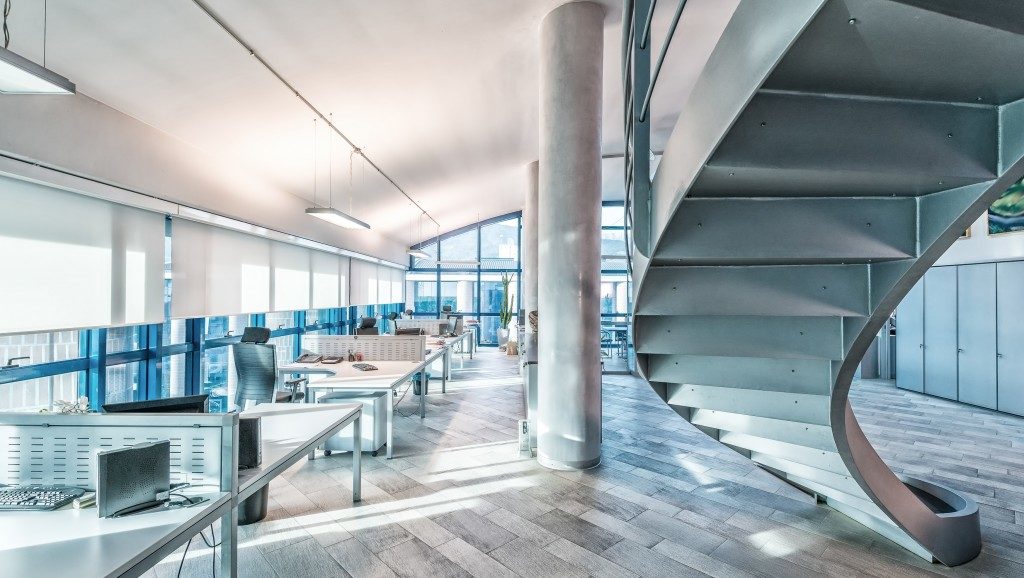Recent years has seen a growth in the corporate wellness market. Transparency Market Research reported in 2018 that the market will reach a worth of US$7.4 billion by the end of 2024. Companies are now prioritising wellness in the workplace, while job seekers are looking for workplaces that include wellness packages as part of their benefits.
Several studies have shown the harmful health effects of office behaviour, such as sitting for long periods and exposure to harmful indoor pollutants. By promoting wellness in the workplace, companies prevent chronic diseases and minimise healthcare costs. Physical activity also improves an employee’s performance at work and gives them better self-image. Also, a company that promotes a healthy lifestyle draws new talent and encourages existing employees to stay.
Besides providing packages like nutrition talks and fitness programs, companies are working with architects and designers in applying active design concepts – or principles that promote physical activity – into the workspace.
The design of buildings and office spaces provides opportunities to promote physical activity. For many, actions such as climbing the stairs or getting up from one’s desk are the most accessible way of physical activity after long periods of inactivity. An American research paper from The Center for Active Design lists how active design can be implemented in four elements in an office building:
Stair Design
Climbing the stairs is a physical activity that can be incorporated into a workday. Taking the stairs instead of the lift burns calories and improves cardiovascular health.
To encourage stair use, stairs must be accessible and integrated into the lobby or near the entrance. Making the stairs more visible over the lift also encourages employees to take the stairs first, since it is in the immediate line of sight.
Another way to promote stair use is by widening the stairs to accommodate groups travelling in opposite directions. Companies such as Active Metal, can install a splayed flight stair to make the stairs more inviting and accommodating.
Making the stairs visually appealing also encourages stair use. Adding artwork, music and natural ventilation, as well as the use of inviting colours, will attract employees and building visitors to take the stairs. Also, consider adding detailing in elements like balustrades and handles.
Lift and Escalator Design
Lifts and escalators remain an important element in an office building, as it supports people who are unable to take the stairs and for use if the building has too many floors. The objective is to reduce the use among employees who are physically capable of using the stairs.
One strategy to encourage stair use is to place lifts in areas less prominent than the stairs, providing only clear signage directing individuals with disabilities to the lifts. If feasible, consider limiting the number, size, and capacity of the lift to the minimum required by government standards. Another strategy is to implement a skip-stop system in which the lift stops only on certain floors.
Workplace Layout

Strategically locating a building’s commonly used functions can help promote walking and standing during the course of the day. For example, organize the restroom, cafeteria, mailrooms, staff lounges and meeting rooms within a pleasant walking distance from individual workspaces. Grouping these rooms together can help create travel breaks for workers during the day.
It is also recommended that spaces in the building encourage personal communication instead of sedentary, electronic communication. Provide areas where people can engage in pleasant and productive social interaction.
Walking Routes
An appealing walking route increases the frequency and duration of walking. One way to do this is by incorporating interesting views along paths of travel, such as natural or designed landscapes, artwork and large windows. Placing facilities like restrooms and benches also give employees a reason to walk within the workplace.
Implementing active design in certain building elements will help in encouraging employees to take on a more active lifestyle.

